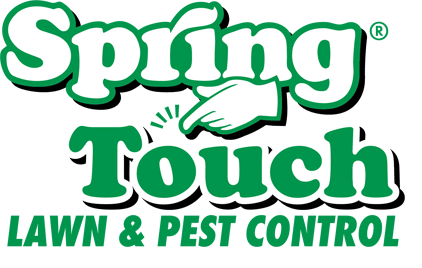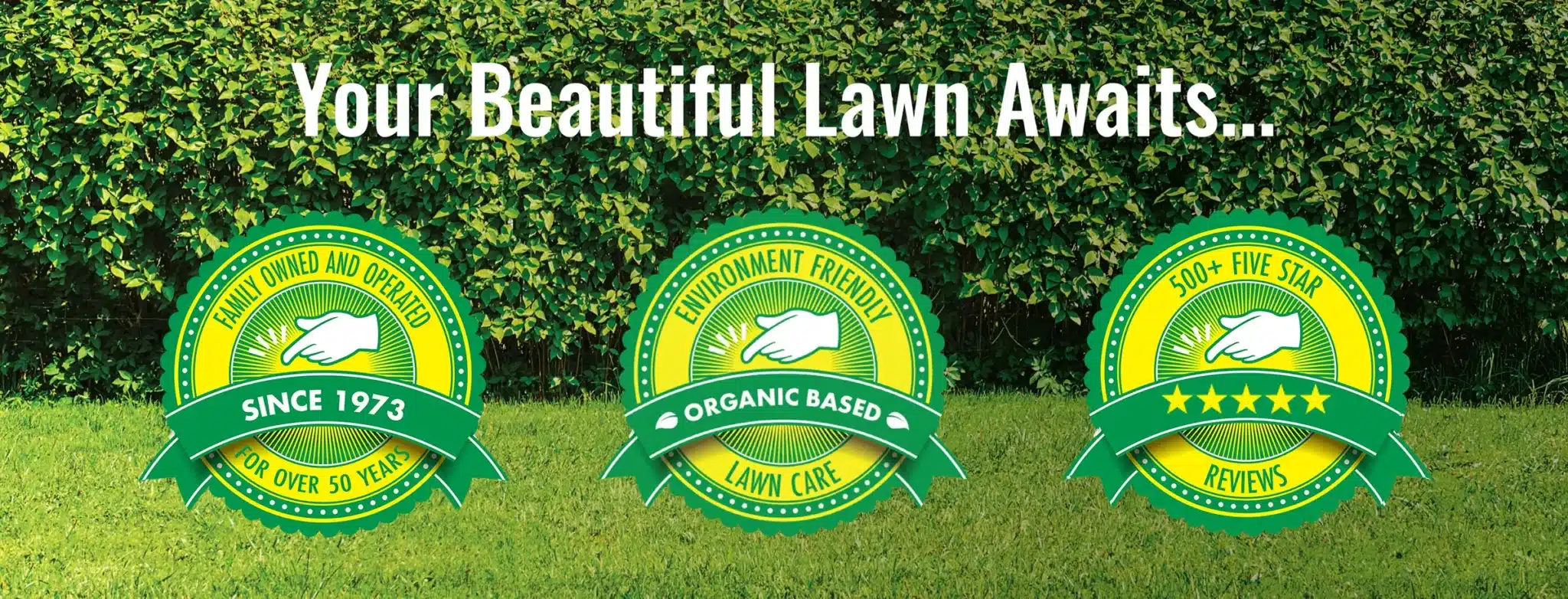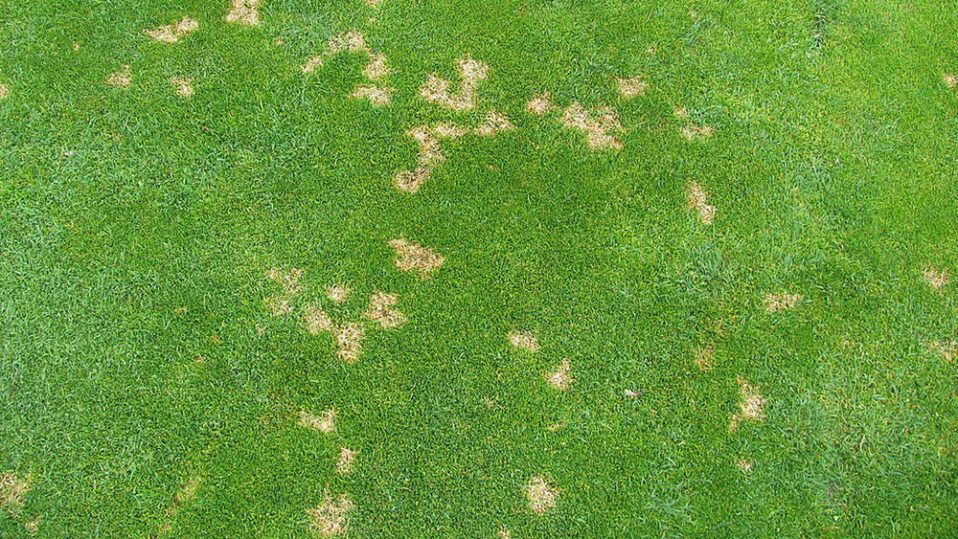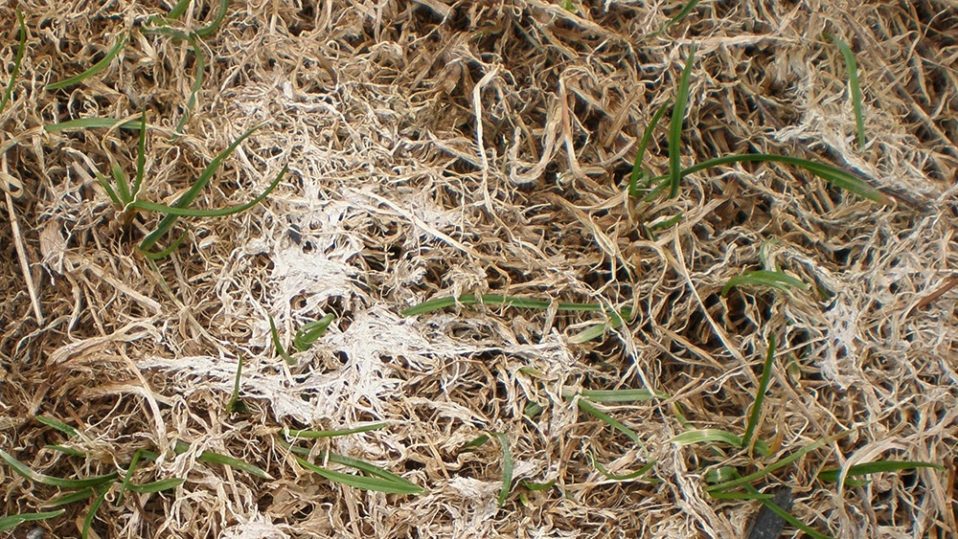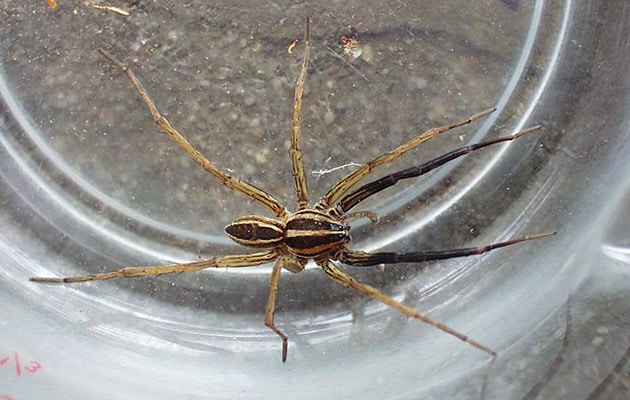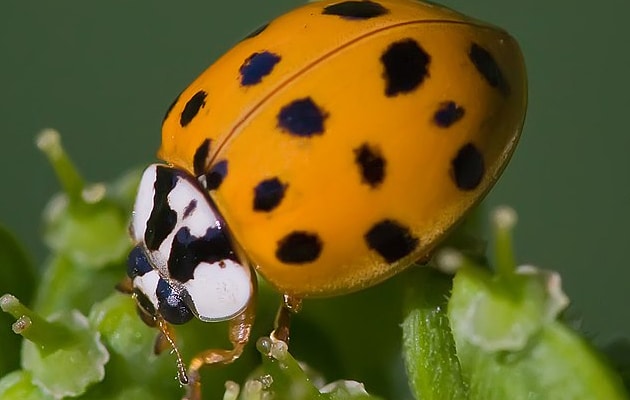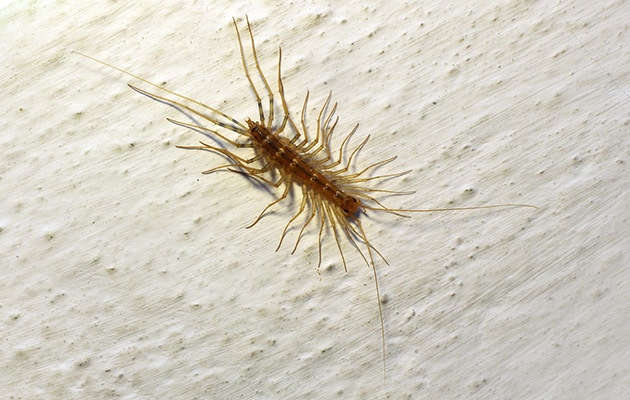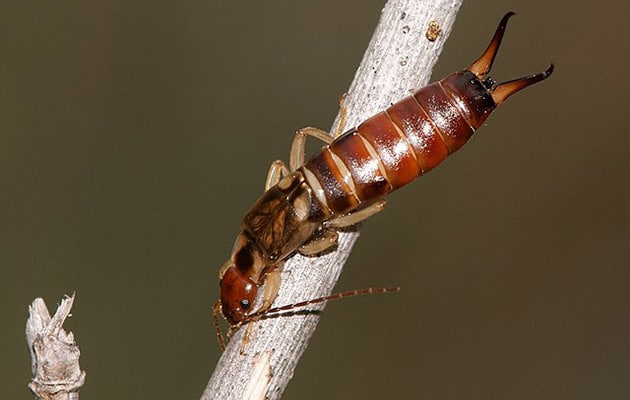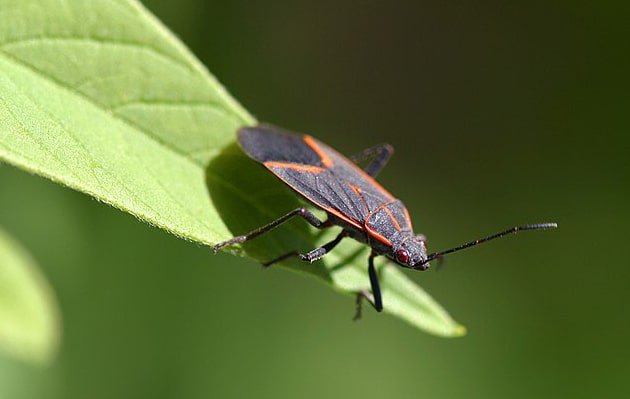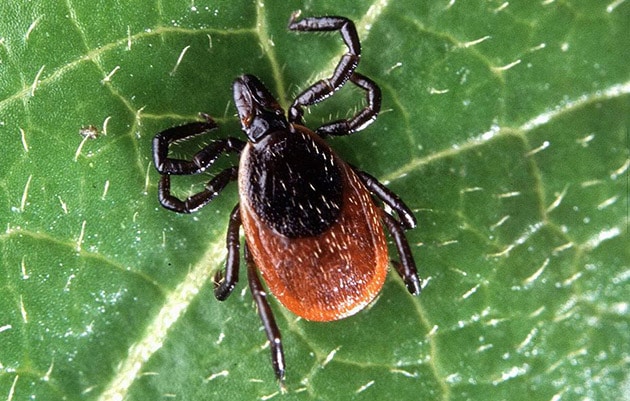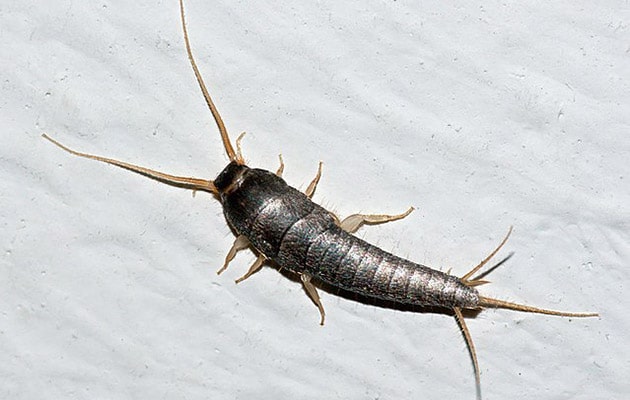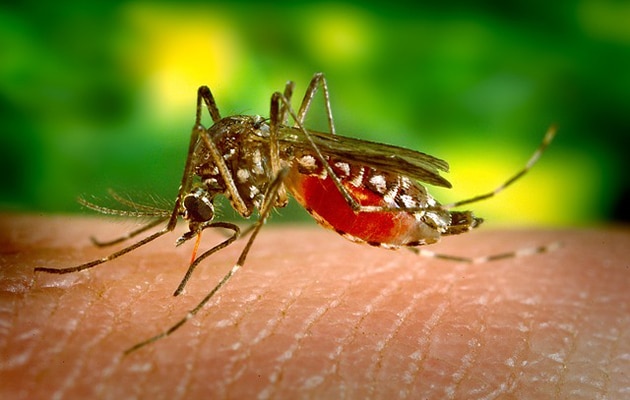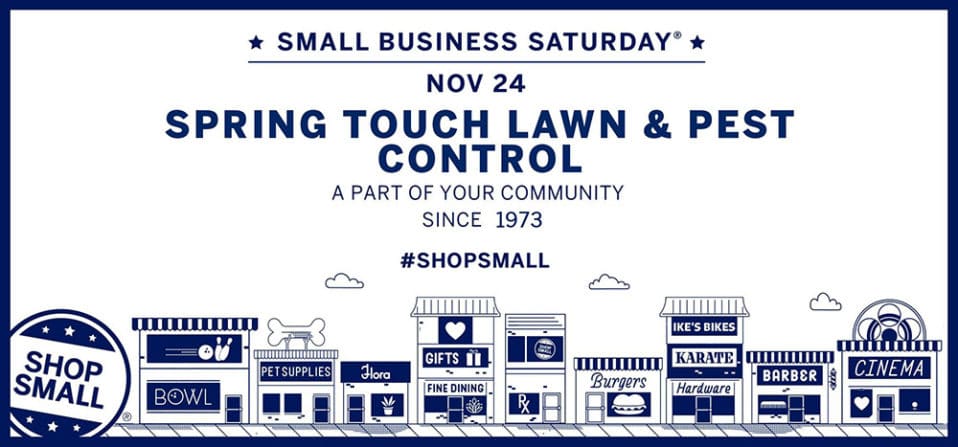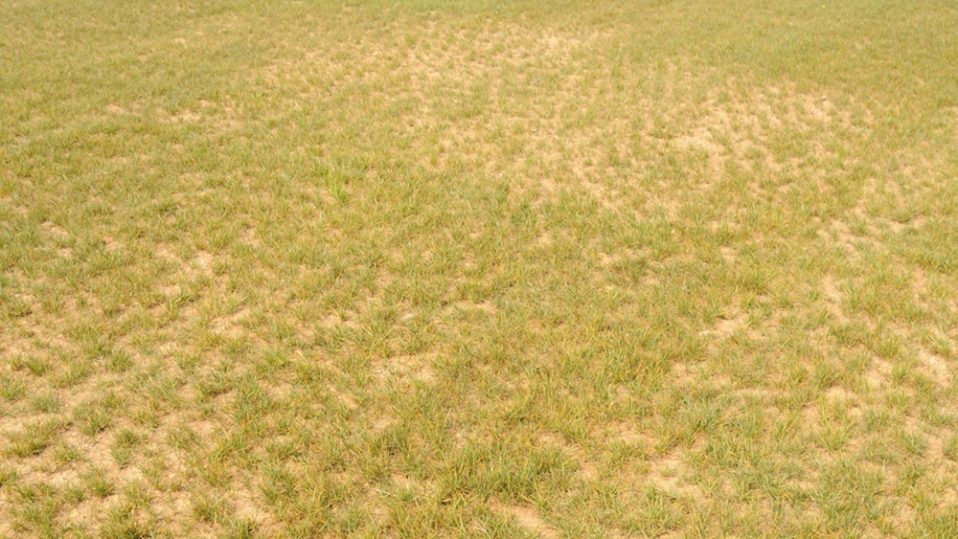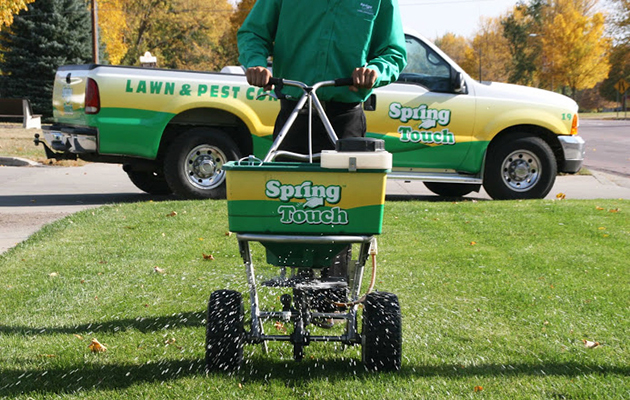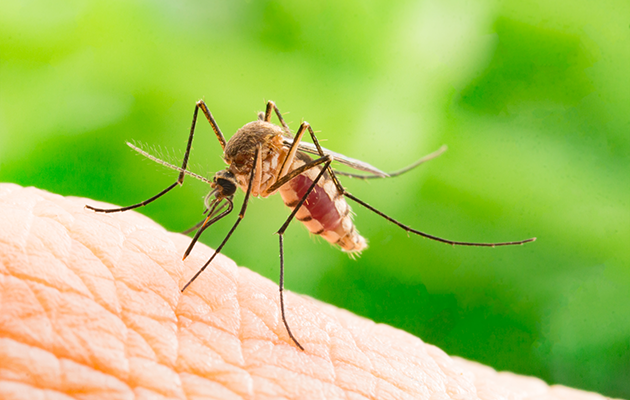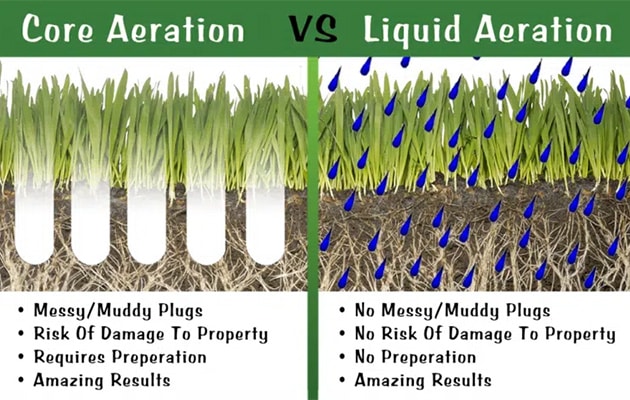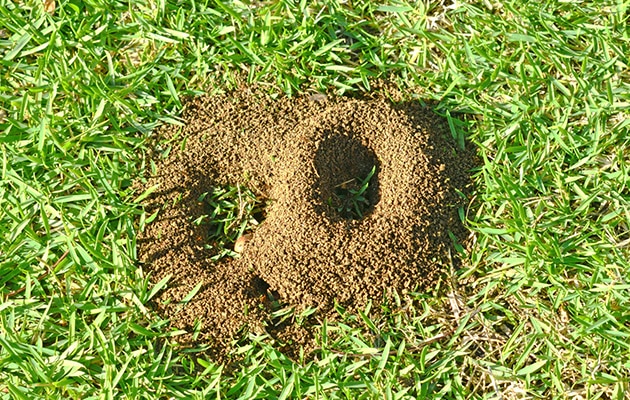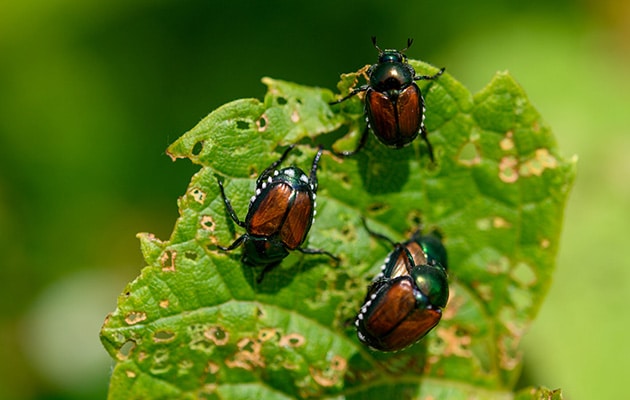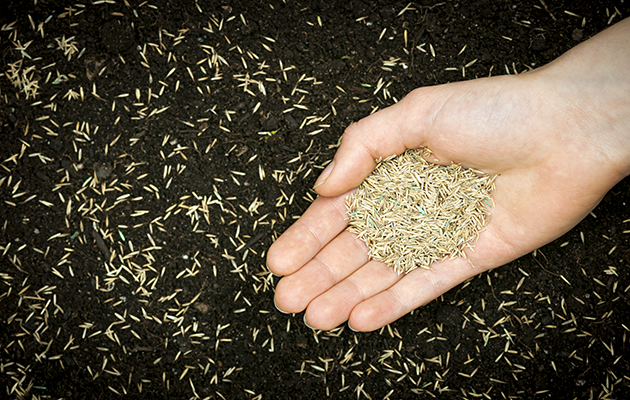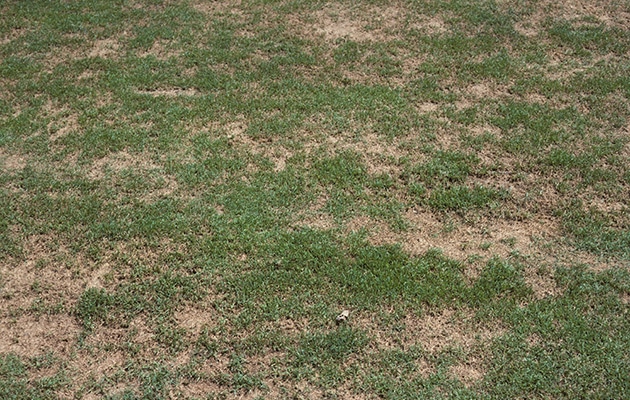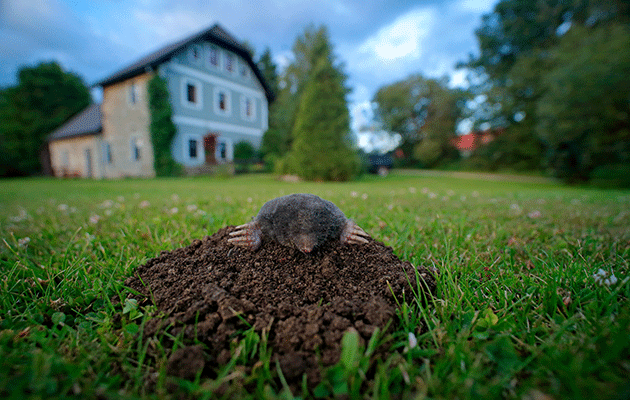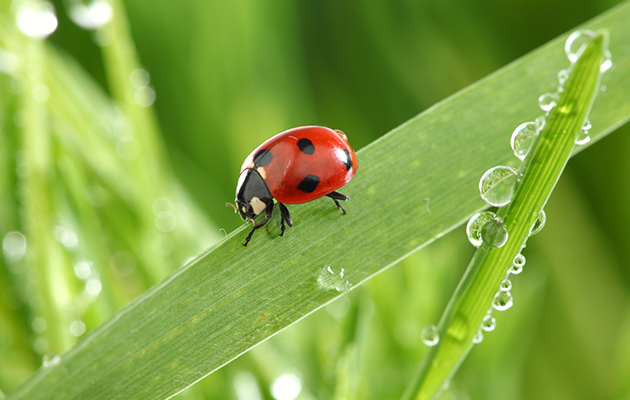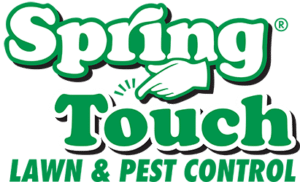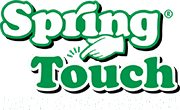Dollar Spot
Symptoms: Sunken, circular patches that measure several inches. Patches turn from brown to straw color and may eventually coalesce, forming irregularly shaped areas. May display
Read MoreSpider Control
Spiders (Arthropods) Spiders have eight legs and fangs that inject venom into their prey or they can also use their fangs to bite predators. Most
Read MoreAsian Lady Beetle Control
Asian Lady Beetles (Harmonia Axyridis) The Asian lady beetle resembles a North American ladybug and gets its name because it is actually a different species
Read MoreCentipede Control
House Centipede(Scutigera Coleoptrata) The house centipede is typically a yellowish-grey centipede with up to 15 pairs of legs. Centipedes like to hide in dark corners,
Read MoreEarwig Control
Earwigs (Dermaptera) Most earwigs are nocturnal and inhabit small cracks and crevices, living in rubbish, piles of debris, or fallen logs. Earwigs that are blind
Read MoreBoxelder Bug Control
Boxelder Bugs (Seed Bugs and True Bugs) Boxelder bugs almost entirely feed on the developing seeds of boxelder, maple, and ash trees. Boxelder bugs will
Read MoreFleas and Ticks
Fleas Fleas are an external parasite of mammals and birds. they live by consuming the blood of their hosts. Flat bodies and strong claws allow
Read MoreSilverfish Control
Silverfish (Lepsima Saccharina) A silverfish is a small grey wingless insect, it gets its name because its movements resemble a swimming fish. It takes four
Read MoreMosquitoes
Mosquitos Mosquitos, like all flies, go through a four stage life cycle: egg, larva, pupa, and adult. Adult females are able to bite animals to
Read More
